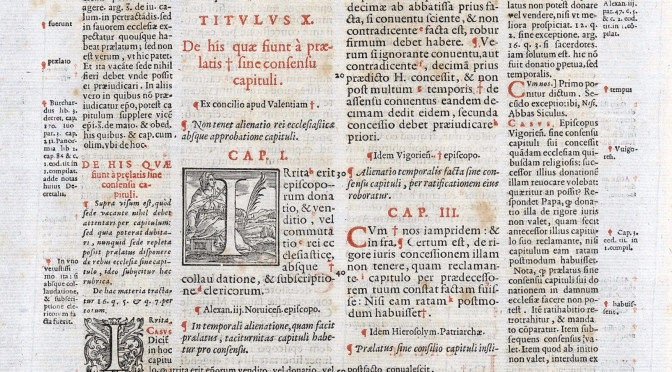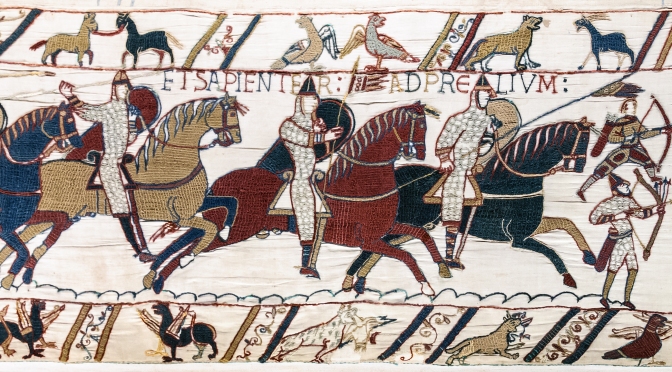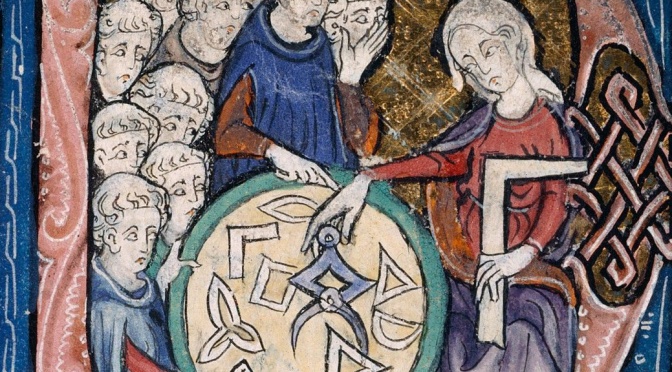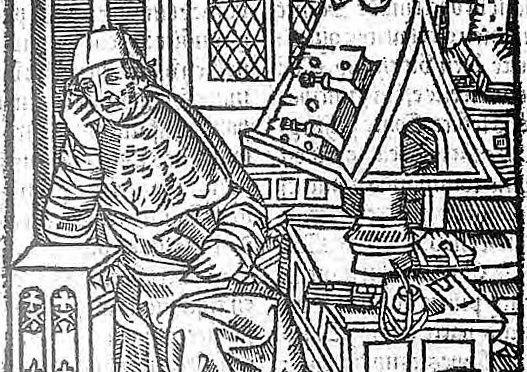With research libraries across the world now closed for an indefinite period and many of us hunkering down into self-isolation, I thought it might be useful to gather together some of the more useful free and publicly accessible websites I’ve found for getting my research done online. For primary texts, these will not always be the most recent scholarly editions, but they are still useful in a pinch.
archive.org – This is usually my first port of call for books and textual editions in the public domain (i.e. published before 1923). It’s particularly good for those indispensable nineteenth-century editions such as the Rolls Series. I find the interface easier to use than that of Google Books, and it allows you to download the text in a variety of formats.
Occasionally, I have also come across useful books still in copyright which can be virtually ‘borrowed’ via the site – the waitlists for these have currently been waived for the site’s National Emergency Library.
For finding brief sections or reference information for books currently under copyright, Google Books or Google Scholar may prove useful.
Corpus Corporum: Maintained by Universität Zürich, this website pools together texts from a number of public-domain text series (most notably, the Patrologia Latina) and adds some fairly sophisticated search functions.
Patrologia Latina / Graeca (patristica.net): Provides links to PDFs of every Patrologia Latina and Graeca volume (mostly hosted online by either archive.org or Google Books).
Corpus Thomisticum: A range of Aquinas resources, including the Opera Omnia (Latin text). An English translation of the Summa Theologiae (Benziger Bros. edition, 1947) can be found here.
The Medieval Canon Law Virtual Library: Brings together publicly accessible electronic resources for the study of medieval canon law, from Carolingians through the decretalists.
The Latin Library: Predominantly classical and Late Antique texts by well-known writers, but it includes some medieval texts as well.
Logeion: Includes various Greek and Latin dictionaries, including Lewis & Short and the Dictionary of Medieval Latin from British Sources (DMLBS).
Finding Digitised Manuscripts: Many libraries, particularly national ones, now have extensive digital collections of their manuscripts freely accessible online. See, for example, the British Library, or Gallica (the digital collections of the BnF in Paris). This website on Early Medieval Monasticism has collected links to digital manuscript collections from archives and libraries around the world.
Academic Library Subscriptions: Those with access to the online resources of academic libraries are likely to benefit from a number of useful digital subscriptions, such as (to name a few I currently use regularly) Oxford Scholarship Online (which includes the Oxford Medieval Texts series); Latin Series A and B from Brepols (with texts from Corpus Christianorum and other leading series of primary text editions, albeit in an interface more appropriate for text searches than reading large portions of text); and the Loeb Classical Library, as well as countless digital journal articles and ebooks.







